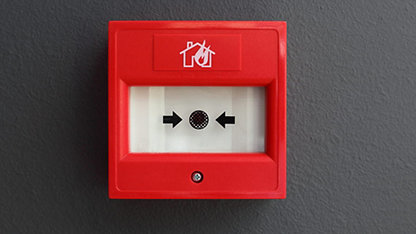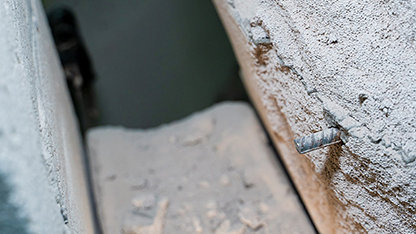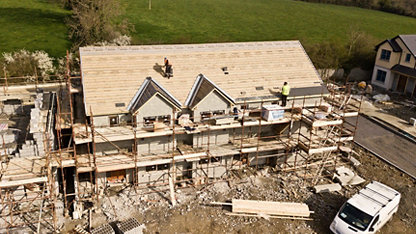Background
The External Wall Fire Review form (EWS1) was designed to ensure external wall systems on buildings over 18m tall could be assessed for safety to enable lenders to make decisions on funding. It requires a fire safety assessment to be conducted by a suitably qualified and competent professional, and was developed through extensive consultation with a wide range of stakeholders including fire engineers, lenders, valuers, other cross industry representatives, and Government. RICS has consistently brought industry and Government together, to look at the fire safety issues in the UK post Grenfell, seeking collaborative solutions.
Wall systems need checking to confirm their safety, without the EWS1 form even fewer mortgages would be processed as valuers cannot value a building which has “unknown” wall systems. The EWS1 form itself doesn’t block mortgages being processed, rather highlights the fact that the buildings have combustible cladding or walls of unknown make-up which may be unsafe.
Published date: 23 February 2022
Review and Issues – Resolution with collaborative working
It was highlighted by Newsnight that a collaborative solution to the issues is needed, and industry need to ‘do something’.
RICS has post-Grenfell worked extensively with industry and Government in the area of fire safety, seeking to improve safety, to enable flat sales to go through, pushing Government for support for remediation costs, as well as allowing people to move home and progress with their lives.
This activity includes reviewing EWS1 at various stages with industry including its performance, to see how the market is responding to it. Any review of the form however, does not change the fundamental need for building owners to assess each building in accordance with Govt advice. EWS1 forms have allowed many to move who would have otherwise been unable to.
RICS continues to call on the UK Government and devolved administrations to centrally coordinate the inspection and remediation of affected buildings, especially within the below 18m category – there is a need for decisive leadership at a Government level.
Regarding buildings below 18m, a change in Government advice in January brought these buildings into scope, but there should always be a rationale to justify the request for the EWS1, and only buildings with specific concerns at below 18m, would require an EWS1.
We have repeatedly called on Government to intervene and identify buildings below 18m which are unsafe, and to fund remediation so the cost does not fall to the leaseholder. Government funding (£1.6Bn) is only for 18m+.
RICS will continue to work with lenders, industry, Government and insurers on the EWS1 process, to ensure it is the best it can be, until such time as Government creates an alternative way of assessing and remediating buildings with flammable cladding.
We are RICS
Everything we do is designed to effect positive change in the built and natural environments.
Through our respected global standards, leading professional progression and our trusted data and insight, we promote and enforce the highest professional standards in the development and management of land, real estate, construction and infrastructure.
Our work with others provides a foundation for confident markets, pioneers better places to live and work and is a force for positive social impact.













